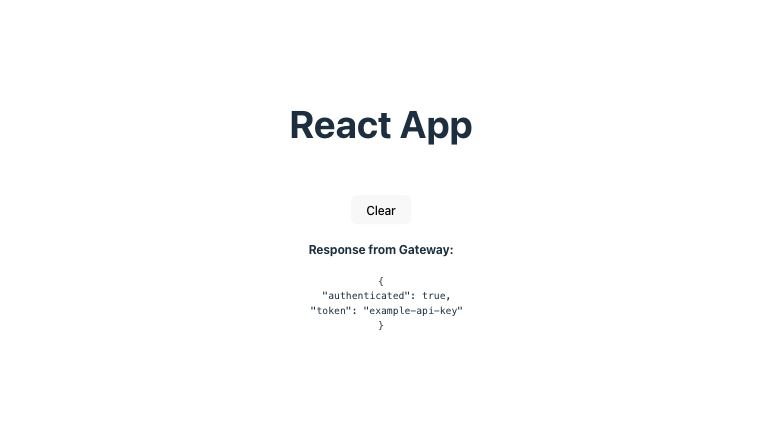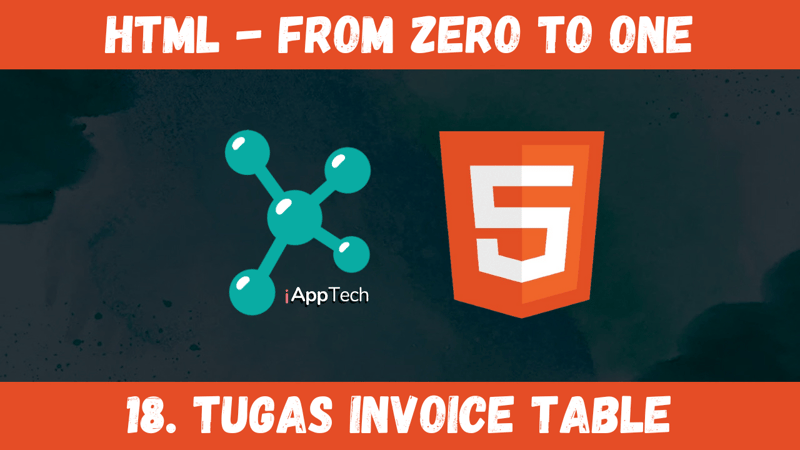In the previous post, we discussed the basics of Kubernetes and containerization. In this post, we will continue our journey and explore some best practices for deploying and managing containerized applications using Kubernetes.
Namespaces
Namespaces are a way to divide cluster resources between multiple users or teams. They provide a scope for names, which helps avoid naming conflicts. By using namespaces, you can create a logical separation between different parts of your application.
kind: Namespace
metadata:
name: my-namespace
Readiness and Liveness Probes
Readiness and liveness probes are essential for ensuring that your application is running correctly. Readiness probes check if your application is ready to receive traffic, while liveness probes check if your application is still running. By using these probes, you can ensure that your application is always available.
kind: Pod
metadata:
name: my-pod
spec:
containers:
– name: my-container
image: my-image
readinessProbe:
httpGet:
path: /healthz
port: 8080
initialDelaySeconds: 5
periodSeconds: 10
livenessProbe:
httpGet:
path: /healthz
port: 8080
initialDelaySeconds: 15
periodSeconds: 20
Autoscaling
Autoscaling allows you to automatically adjust the number of replicas of your application based on demand. This ensures that your application can handle traffic spikes without manual intervention.
kind: HorizontalPodAutoscaler
metadata:
name: my-hpa
spec:
scaleTargetRef:
apiVersion: apps/v1
kind: Deployment
name: my-deployment
minReplicas: 1
maxReplicas: 10
targetCPUUtilizationPercentage: 50
Resource Requests and Limits
Resource requests and limits allow you to specify the amount of CPU and memory that your application needs. By using these, you can ensure that your application has enough resources to run correctly.
kind: Pod
metadata:
name: my-pod
spec:
containers:
– name: my-container
image: my-image
resources:
requests:
cpu: 100m
memory: 128Mi
limits:
cpu: 200m
memory: 256Mi
Deploying Your Pods
Deploying your Pods as part of a Deployment, DaemonSet, ReplicaSet or StatefulSet across nodes ensures that your application is highly available and fault-tolerant.
kind: Deployment
metadata:
name: my-deployment
spec:
replicas: 3
selector:
matchLabels:
app: my-app
template:
metadata:
labels:
app: my-app
spec:
containers:
– name: my-container
image: my-image
Multiple Nodes
Using multiple nodes ensures that your application can handle traffic spikes and is highly available.
kind: Service
metadata:
name: my-service
spec:
selector:
app: my-app
ports:
– name: http
port: 80
targetPort: 8080
type: LoadBalancer
Role-based Access Control (RBAC)
RBAC allows you to control access to your Kubernetes resources. By using RBAC, you can ensure that only authorized users have access to your resources.
kind: Role
metadata:
name: my-role
rules:
– apiGroups: [““]
resources: [“pods”]
verbs: [“get”, “watch”, “list”]
—
apiVersion: rbac.authorization.k8s.io/v1
kind: RoleBinding
metadata:
name: my-role-binding
roleRef:
apiGroup: rbac.authorization.k8s.io
kind: Role
name: my-role
subjects:
– kind: User
name: my-user
Hosting Your Kubernetes Cluster Externally
Hosting your Kubernetes cluster externally using a cloud provider ensures that your application is highly available and fault-tolerant.
kind: Service
metadata:
name: my-service
spec:
selector:
app: my-app
ports:
– name: http
port: 80
targetPort: 8080
type: Load
Conclusion
In this post, we explored some best practices for deploying and managing containerized applications using Kubernetes. By following these best practices, you can ensure that your application is highly available, fault-tolerant, and always running smoothly.




